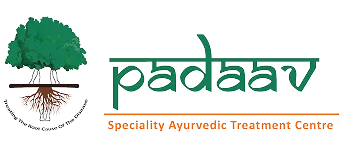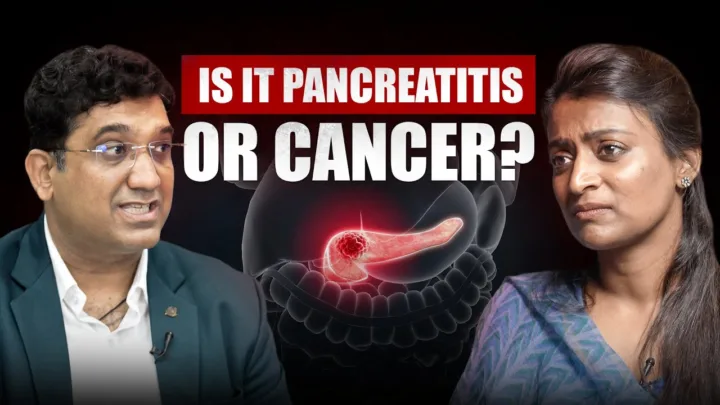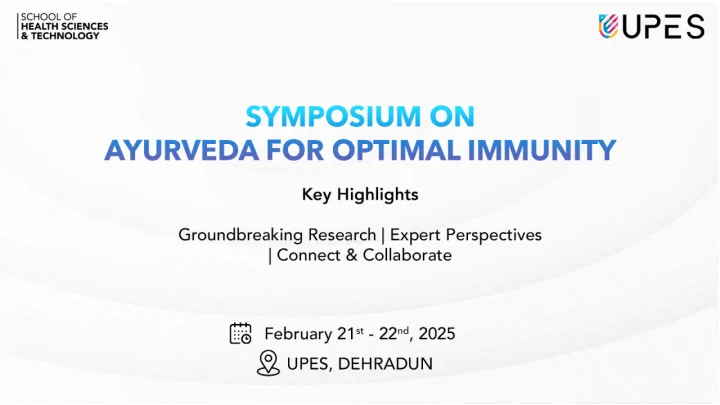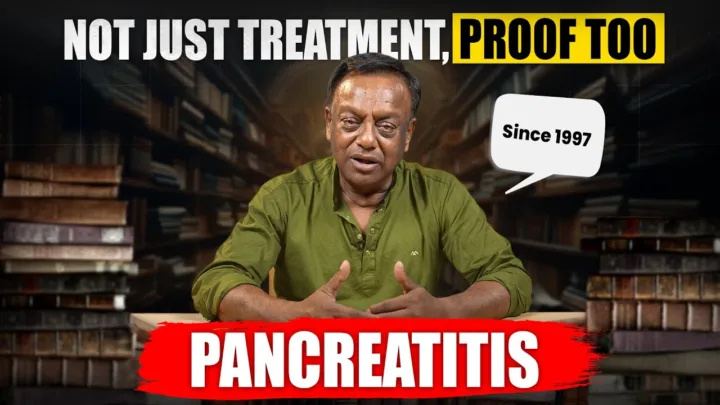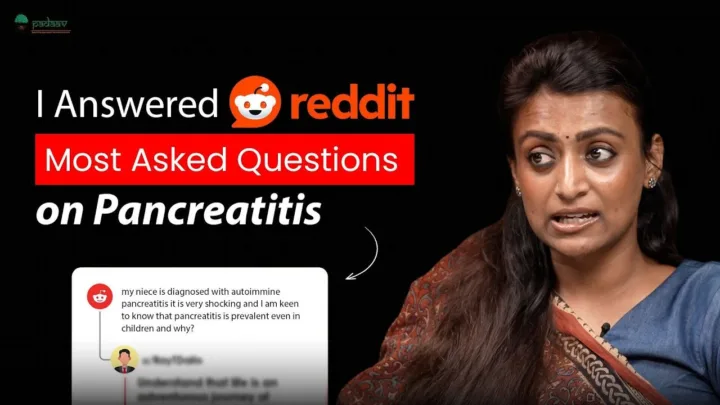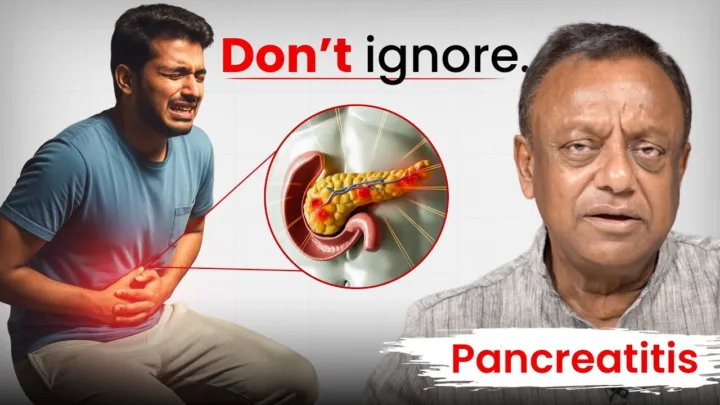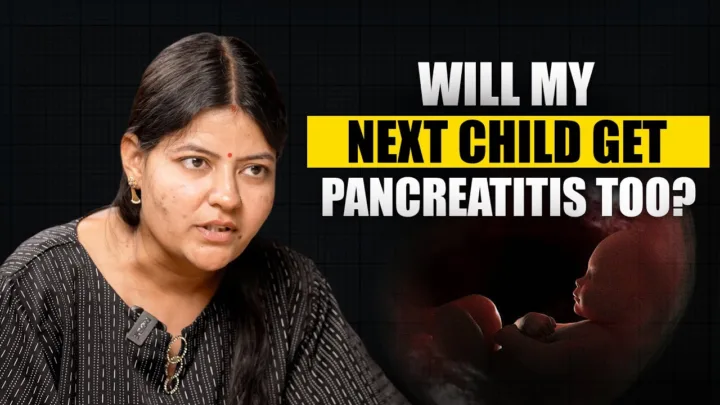Introduction
I am Vaidya Balendu Prakash, a traditional Ayurvedic practitioner from the border area of Bilaspur, Uttarakhand. I’ve dedicated myself to understanding and treating migraine for many years. My knowledge comes from my father, and I also hold a BAMS degree in Ayurveda and am an MD dropout. Ayurveda is my passion, and I’ve been working in this field since I was eighteen.
The Rise of Migraine: A Historical Context
I’ve observed that before the 1970s, migraine cases were quite rare in India. I believe this change is connected to shifts in lifestyle around that time. The arrival of refrigerators and gas stoves in middle-class homes led to different eating habits – anytime eating, food storage, and reheating. Before, our daily routines were more structured, our meal times dictated by the natural rhythms of life.
The “My Wish” Concept and its Impact
I often talk about the concept of “Meri Marzi” (my wish) – the idea that we can eat whatever, whenever, and however we want. I feel that this freedom, while it sounds good, has had a negative impact on our bodies and organs. Migraine, in my view, is a prime example. It’s a disease with no known cause or cure, yet it seems to be linked to digestive issues.
My Migraine Protocol
In 2006, I developed an Ayurvedic protocol for migraine. I remember my first successful case vividly – a patient with a 20-year history of migraine. I noticed a connection to her digestive problems, treated them accordingly, and her migraine improved. This experience pushed me to learn more about migraine. My work eventually led me to the All India Institute of Medical Sciences, New Delhi, where trials were conducted. We were able to demonstrate, I believe, the effectiveness of my Ayurvedic approach in treating chronic migraine sufferers.
Migraine: A Growing Problem
I recall attending a migraine interaction symposium in London in 2006. I was the only non-allopathic practitioner there. I learned that migraine was the 17th-ranking debility-causing disease according to the WHO at that time. By 2016, it had risen to 6th. I also remember seeing statistics about the number of migraine sufferers in the USA, which made me think about the link between changing lifestyles and the increasing prevalence of migraine.
The Modern Dilemma: Pills for Everything
I’m concerned about the modern dependence on pills for everything, even pills to stimulate or suppress appetite. I connect this to the growing number of diseases among educated and affluent people, which is a stark contrast to the past when diseases were more common among the uneducated and poor. I often use the example of new housing developments advertising the presence of a good hospital as a selling point. It makes me wonder why the focus isn’t on creating communities where people don’t get sick in the first place.
The Importance of a Regulated Lifestyle
I often compare this to the traditional way of life, where our routines were naturally regulated by the rising and setting of the sun. I’ve heard about a Japanese scientist who, it’s said, has proven the benefits of a regular lifestyle, including eating on time, in accordance with Ayurvedic principles.
My Early Experiences and a Breakthrough Case
After my father passed away, I took over his practice. I remember a specific case of a woman with migraine. I was hesitant to treat her at first, but she persuaded me to examine her. I noticed a strong Pitta pulse and, when I examined her abdomen, I found tenderness in areas related to the gallbladder and the junction of the ileum, colon, cecum, and appendix. Using my knowledge of Ayurvedic principles and anatomy, I connected these findings to her symptoms, which included acidity, gas, and altered bowel habits. I prescribed a combination of Ayurvedic medicines, and the patient, who had suffered from migraine for twenty years, experienced relief.
The Spread of My Approach
This success brought more migraine patients to me. I became known for my ability to treat migraines, even those that had baffled other doctors.
A Complex Case and its Resolution
I also remember an orthopedic doctor from Kota with severe migraine. He had tried everything – painkillers, injections, even a pacemaker – all without success. He eventually came to me, and I treated him with Ayurveda. After forty days, he was painkiller-free and able to function normally. Nine months later, he came back just to express his gratitude and acknowledge the effectiveness of the treatment.
Migraine: Not Just a Neurological Issue
I believe that migraine, often considered a neurological problem, is more than that. While my treatment has been proven effective, I feel that more research is needed to fully understand the underlying mechanisms from a scientific perspective. I suspect that current research models may not be sufficient to fully explain the Ayurvedic understanding of migraine.
